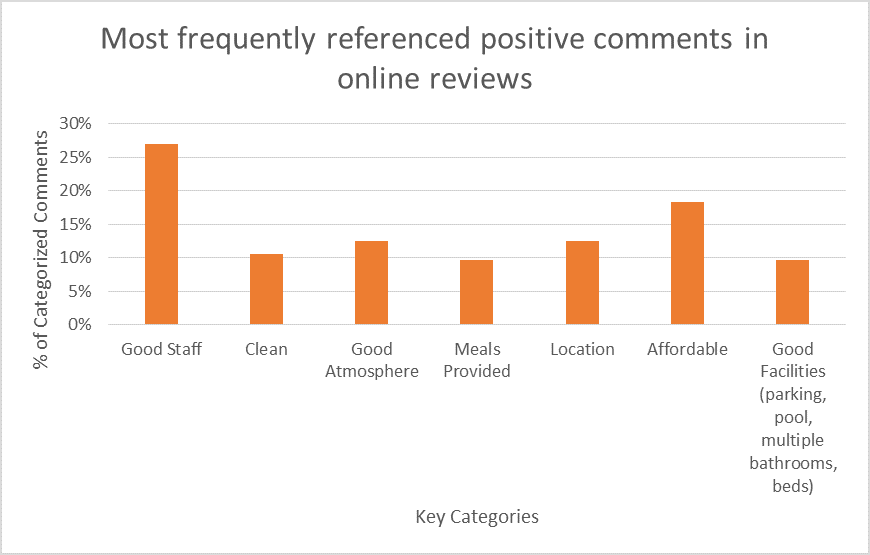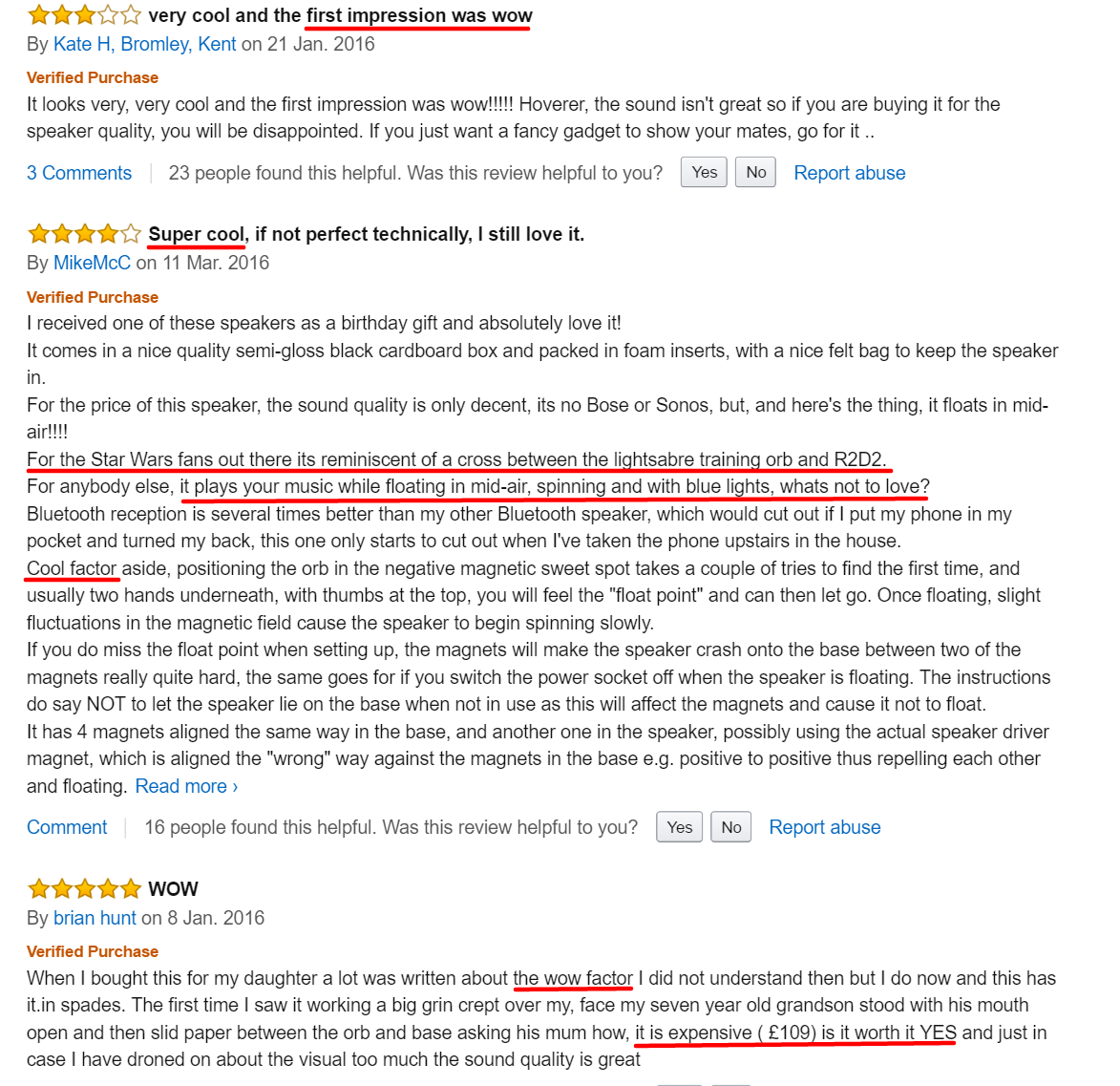Have you heard of behavioral mirroring?
Often touted as an effective persuasion tactic used to provide an advantage in certain social situations, such as negotiations, mirroring is the behavior in which one person imitates another.
It’s commonly associated with forms of nonverbal communication, like postures, gestures, or facial expressions, but we also mirror back words and spoken language. By repeating back what people say, we often show empathy and understanding.
From a marketing perspective, mirroring can be a fantastic tactic in how we present and construct a message. It’s a way for us to build trust with our audience. We’re rarely our own target and often sitting behind a keyboard, though, so how can we know what messages or rhetoric we should be mirroring in the first place?
I use a simple method to ensure I’m mirroring my target demographic at all times in my marketing – and that’s what I’d like to share today (and yep – I used this exact process when writing this blog post).

Find where your audience talks about your product or service
For some of us, finding our target audience talking about our product or service is simple – reviews.
Amazon, Yelp, TripAdvisor, Angie’s List, Thumbtack, Facebook, Twitter. Reviewers on those sites may not be talking about your specific product, but there will certainly be feedback on products very similar (such as your competitors).
If you’re selling a service, you’ll have to dig a little deeper. Look for reviews of products that are similar to your service (e.g. a book that teaches the service you offer) or find discussions on online forums such as Quora or Reddit.
You’re not looking so much at what they thought about the product/service itself, but instead looking at what problem caused the customer to buy the product/service in the first place and whether the purchase solved that problem.
Understanding these problems helps you identify the product benefits and features worth highlighting in your marketing.
Collect and categorize the conversation
What we’re looking for in this rhetoric are common trends. We don’t care so much if one person has a particular problem that was solved by a product, but we do care if twenty people have the same problem.
Compile comments pulled from the websites you’re researching into a document and place them into categories. “Great price”, “Well worth the money”, and “cheaper than anything else on the market” would go into a category ‘Affordable’, for example.
Here’s a look at some of the categories I collected when performing this research for a client in the hospitality market. In this example, I was looking at positive reviews.

Integrate the categories (high-level)
By categorizing comments, I find trends. I find what people like or dislike the most about this product.
I can then select the two or three categories that appear to resonate the most positively with the target audience and use these as key features and benefits when promoting the product.
Set these categories as the messages you use in your marketing, integrating them into website copy, social media content, emails, advertising, and your other key acquisition channels.
Integrate the words and phrases (granular)
We can take our audience connection to a deeper level by actually re-using some of the words and phrases we’ve collected from reviews and online conversation in our marketing. Essentially, it’s integrating testimonials into your content.
I just went to Amazon and clicked on a random product on my homepage – the ICE Orb Floating Bluetooth Speaker.
Here’s a snapshot of the reviews. I’ve underlined words or phrases the brand could consider re-using in their marketing.

A randomly selected product and three randomly selected reviews, and we’ve found multiple uses/variations of “cool factor” or “wow factor” and a great analogy from one reviewer that will help prospects understand the product better. Quickly looking through a few other reviews, “wow” and “cool” are there time and time again.
Yet, I don’t see either these words or phrases used in their product description or any of their marketing copy. A missed opportunity, perhaps?
Base strategy on data not intuition

Committing time now to truly understand your target audience and how they communicate will save you time and money down the line. Marketing isn’t magic, it’s systems. It’s processes.
Don’t guess. Do the research, collect the data, and set your campaigns up for success.
Learn how to do GREAT marketing...without being a "marketer" in our FREE 7-step strategy course delivered straight to your inbox.
We promise we don't spam, we don't email often, and we'll NEVER share your info with anyone else.



